
Understanding Jock Itch and Its Causes
Jock itch, medically known as tinea cruris, is a common fungal infection that affects the groin, inner thighs, and buttocks. This itchy, red rash is caused by various types of fungi, with the most common one being Trichophyton rubrum. The infection is more prevalent in men, especially athletes, due to the moist and warm environment created by tight clothing and excessive sweating.
As a blogger who has experienced this annoying condition, I understand the discomfort and embarrassment it can cause. But don't worry, I'm here to help you learn more about jock itch and how to prevent its spread to other body parts. Let's dive into the details and explore the ways to keep your skin healthy and itch-free.
Can Jock Itch Spread to Other Body Parts?
The short answer is yes, jock itch can spread to other body parts. Although it typically affects the groin, inner thighs, and buttocks, the fungi responsible for jock itch can also infect other areas of the body such as the feet, hands, nails, and scalp. This can happen through direct contact with the infected area, touching contaminated objects, or using contaminated towels and clothing. The risk of spreading jock itch to other body parts increases if you have a weak immune system or are currently dealing with other fungal infections.
One of the most common ways jock itch can spread is through scratching the affected area. This not only worsens the condition but also increases the risk of infecting other body parts. Therefore, it's crucial to avoid scratching and take adequate measures to treat and prevent the spread of jock itch.
Common Symptoms of Jock Itch
Recognizing the symptoms of jock itch is essential to take timely action and prevent it from spreading to other body parts. Some common symptoms of jock itch include:
- Itchy, red, and raised rash in the groin, inner thighs, and buttocks
- Flaking, peeling, or cracked skin in the affected area
- Burning sensation in the rash
- Darkening or reddening of the skin after the rash clears
If you notice any of these symptoms, it's important to consult your doctor or a dermatologist to get a proper diagnosis and treatment plan.
Effective Treatment Options for Jock Itch
Fortunately, jock itch is usually easy to treat. Over-the-counter antifungal creams, powders, and sprays can effectively clear the infection in most cases. Your doctor may recommend products containing clotrimazole, miconazole, or terbinafine as the active ingredient. Make sure to follow the directions on the packaging and continue the treatment for the recommended duration, even if the symptoms improve before that.
In severe or persistent cases, your doctor might prescribe stronger antifungal medications or oral medications. Remember that it's essential to complete the full course of treatment to prevent recurrence and reduce the risk of spreading the infection to other body parts.
Preventing the Spread of Jock Itch
Prevention is always better than cure, and this holds true for jock itch as well. Here are some practical tips to prevent the spread of jock itch to other body parts:
- Keep the groin, inner thighs, and buttocks clean and dry. Wash the area with soap and water daily and pat dry with a clean towel.
- Wear loose-fitting, breathable clothing, and change your underwear daily.
- Do not share personal items like towels, clothing, or razors with others.
- Avoid scratching the affected area to prevent the spread of fungi.
- Wash your hands regularly, especially after touching the infected area or applying medication.
By following these preventive measures, you can significantly reduce the risk of jock itch spreading to other body parts and maintain healthy and itch-free skin.
When to See a Doctor
While most cases of jock itch can be treated with over-the-counter medications, it's essential to consult a doctor if:
- Your symptoms do not improve after two weeks of self-treatment.
- The infection spreads to other body parts despite your preventive efforts.
- You have a weak immune system due to conditions like diabetes, HIV, or cancer.
Your doctor will evaluate your condition, suggest the appropriate treatment, and help you manage the infection effectively.
In conclusion, jock itch can indeed spread to other body parts if not treated and managed properly. By recognizing the symptoms, seeking timely treatment, and following preventive measures, you can keep your skin healthy and free from this irritating fungal infection.

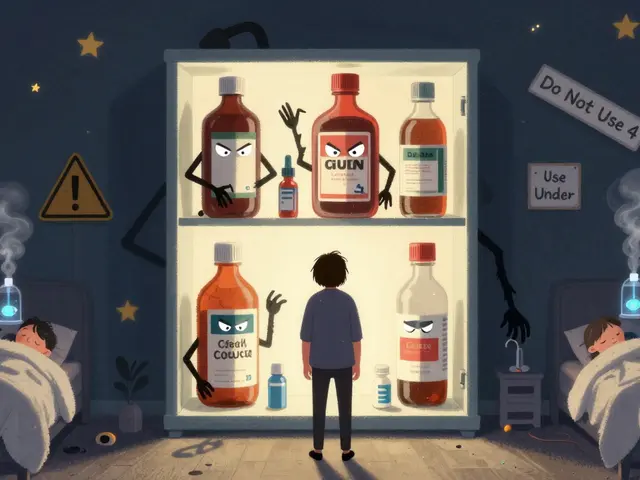
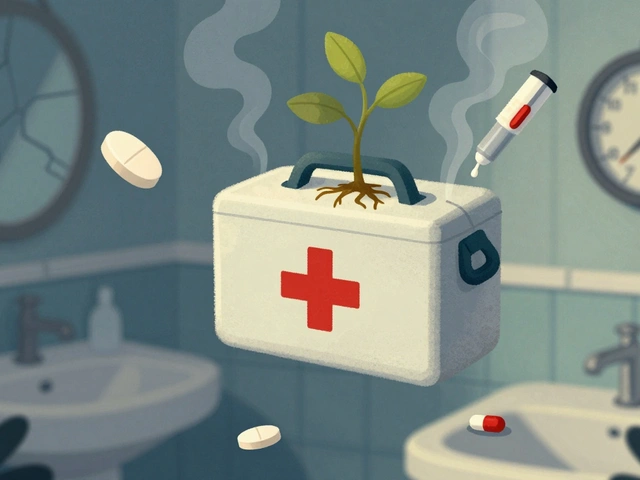
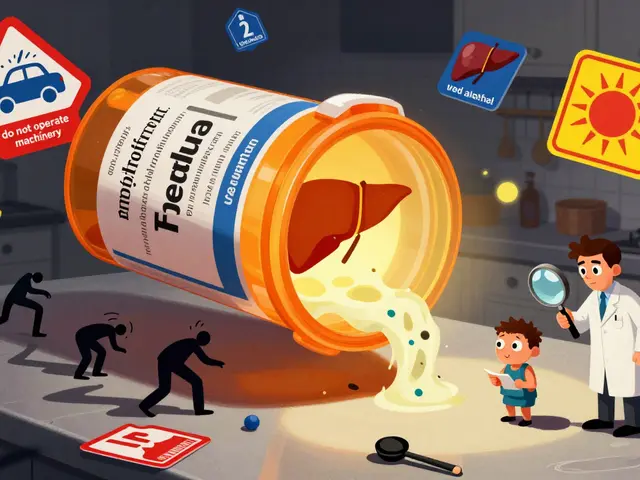
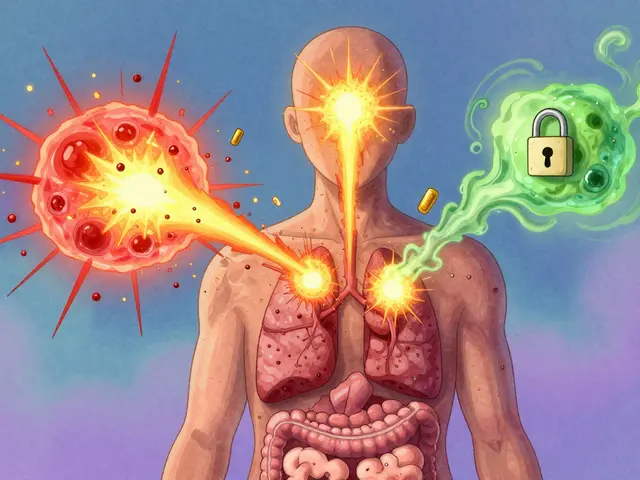
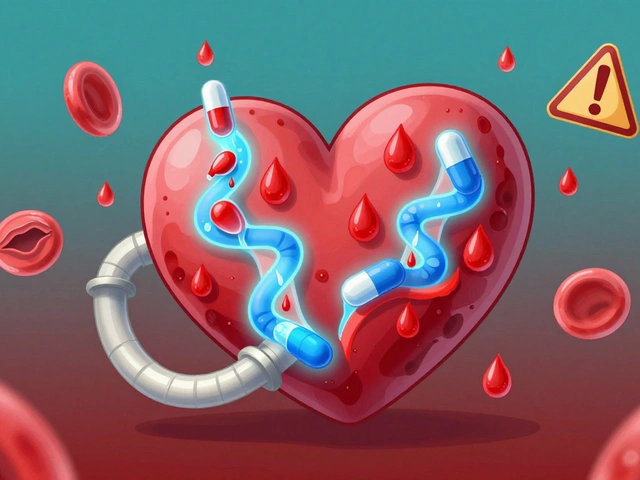
13 Comments
Hey folks, thanks for sharing this deep dive on jock itch.
/p>As someone who’s dealt with the relentless itch during marathon training, I can attest that the groin area becomes a hotbed for fungi.
The moisture trapped by tight compression shorts creates the perfect incubator, and that’s why athletes are prime targets.
It’s not just the heat, the friction from repetitive motion also micro‑abrases the skin, letting spores slip right in.
Once the fungus establishes a colony, it can easily migrate to adjacent skin folds if you keep scratching.
The spread to the feet or hands is basically a matter of hygiene – shared towels, gym mats, or even a contaminated laundry basket.
I’ve found that changing into dry underwear immediately after a sweaty session cuts the incubation window dramatically.
Using an antifungal powder on the inner thighs before putting on clothes creates a barrier that the spores can’t easily breach.
In my experience, over‑the‑counter clotrimazole works wonders if you apply it twice daily for the full two‑week course.
Stopping the treatment early because the rash looks better is a common mistake that leads to relapse.
If the infection persists, a prescription for terbinafine or oral itraconazole may be necessary, but always discuss it with a dermatologist first.
Keep the area clean by gently washing with mild soap and patting dry – never rub harshly because that can worsen micro‑tears.
Also, consider breathable fabrics like cotton or moisture‑wicking blends that let air circulate.
And remember, the immune system plays a role; people with diabetes or weakened immunity should be extra vigilant.
Bottom line: diligent hygiene, proper treatment duration, and avoiding scratching are the three pillars that keep jock itch from hopping around your body.
Whoa! This post is jam-packed with actionable steps-keep your groin dry, use antifungal powders, and change underwear daily!!! The recommendation to avoid shared towels is absolutely spot‑on; cross‑contamination is a real nightmare, especially in communal locker rooms!!! Remember, the fungus loves humidity, so breathable fabrics are non‑negotiable!!!
/p>Got it, thanks for the clear guide! 😊
/p>From a dermatological perspective, tinea cruris exemplifies how superficial keratinized layers can become a substrate for opportunistic dermatophytes.
/p>The pathophysiology hinges on the organism's ability to metabolize keratin via keratinases, which thrive in occlusive, moisture‑rich environments.
Hence, the recommendation to employ breathable, moisture‑wicking garments aligns perfectly with the microbial growth kinetics.
Moreover, the clinical presentation-erythematous, pruritic macules with peripheral scaling-can be easily confused with intertrigo, necessitating a differential diagnosis.
A simple KOH prep under microscopy can confirm the presence of septate hyphae, streamlining the therapeutic pathway.
Topical azoles, such as clotrimazole 1% or miconazole 2%, act by disrupting ergosterol synthesis, compromising the fungal cell membrane.
For refractory cases, systemic agents like terbinafine inhibit squalene epoxidase, offering a broader spectrum of action.
Patient education on foot hygiene, given the propensity for tinea pedis to serve as a reservoir, is crucial in preventing autoinoculation.
Regular laundering of athletic wear at >60 °C further diminishes spore viability, reinforcing infection control measures.
In summary, a multifaceted approach-targeted pharmacotherapy, environmental modifications, and vigilant follow‑up-optimally curtails the spread of jock itch.
Ah, because everyone loves an itchy reminder of poor personal hygiene, right?
/p>Honestly, I think most people overreact to a simple fungal rash and treat it like the apocalypse is coming.
/p>Sure, keep your groin dry, but if you’re sweating during a workout, you’re going to get a little moisture anyway.
The antifungal creams work, but they’re marketed like miracle cures, and the real fix is just better laundry habits.
People forget that the fungus can hide in your socks, so swapping shoes daily is more important than any fancy ointment.
If you’re prone to recurring infections, maybe the real issue isn’t the fungus but a compromised immune system you’re ignoring.
Bottom line: stop panicking, follow the basics, and you won’t need a pharmacy visit every month.
Great rundown, really helpful! I’ve started using an antifungal spray after gym sessions and already notice less itching. Keeping my shorts breathable and swapping towels has become second nature. Consistency is key, and I’m glad this post highlights it.
/p>It’s fascinating how such a small organism can teach us about vigilance and self‑care; our bodies are ecosystems that demand respect.
/p>I agree, the practical steps are clear and easy to adopt.
/p>From a cultural perspective, discussions around jock itch often carry unnecessary stigma, which can deter individuals from seeking timely treatment.
/p>In many South‑Asian communities, the condition is colloquially dismissed, yet the underlying mycological mechanisms remain universal.
Education campaigns that normalize skin health discussions can bridge this gap.
Encouraging the use of antifungal powders in communal locker rooms, especially in densely populated gyms, reduces cross‑infection rates.
Additionally, promoting proper laundering practices, such as using hot water cycles, can deactivate residual spores.
Together, these measures foster a healthier environment without singling out anyone.
But have you considered that the very powders they sell might be laced with micro‑chips to monitor our health?
/p>Just keep it clean and use the cream, works.
/p>One must contemplate the sociopolitical undercurrents that allow such fungal opportunists to flourish unnoticed.
/p>